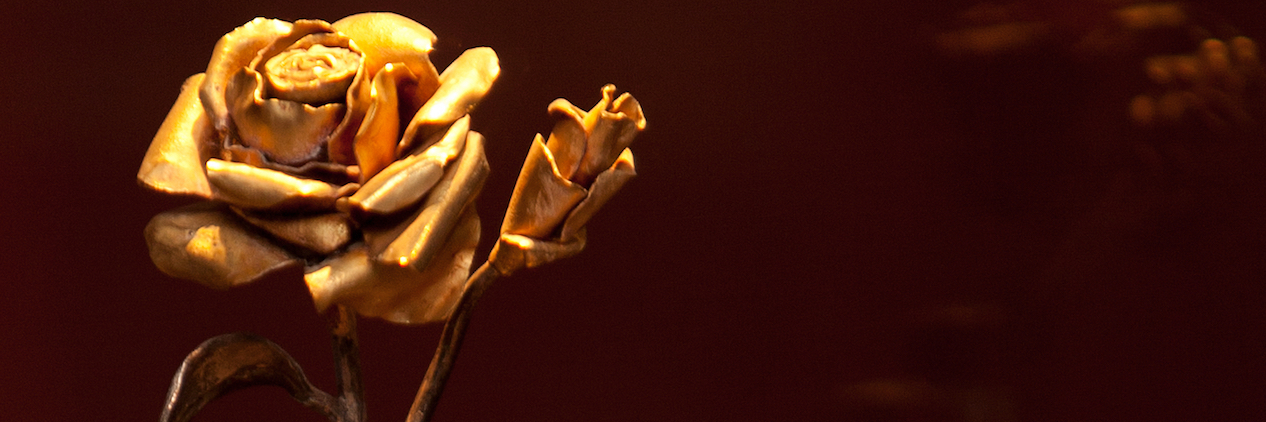
Permanent Exhibition of the Museum of the Shrine of Fatima
The permanent exhibition of the Museum of the Shrine of Fatima (formerly known as Fatima Light and Peace) had opened to the public on August 2002 and is located in the Rectory of the Shrine of Fatima within the architectural complex of the Retreat House of Our Lady of Mount Carmel.
In Fatima Light and Peace, part of the inventory of the Museum of the Shrine is permanently exhibited. The museological route, created by Maria Teresa Gomes Ferreira, and the museology, designed by Cruz de Carvalho, aim to frame the visitor at the core of the message of Fatima, by placing him before the interpellation elaborated as a path: "from war to peace," "from darkness to light."
Among the musealized objects, one can highlights, from the Jewelry Collection, the precious crown of Our Lady of Fatima, where there is the bullet that hit John Paul II, and several liturgical vessels. The oldest object of the exhibition belongs to the Sculpture Collection: an Indo-Portuguese Christ dating from the 17th century. From the Textile Collection, several vestments are exposed which are related to the pilgrimages of the popes to the Shrine of Fatima, other elements from regional clothing or from rites of religious passage, and from testimony of social or professional identity. What really reflects the devotion of pilgrims to Our Lady is the Jewelry collection comprising pieces of personal adornment, mostly gold. Many other objects are there, as the traditional 'ex-votos' such as photographs, wax pieces, candles, miniatures of boats, etc.
|


